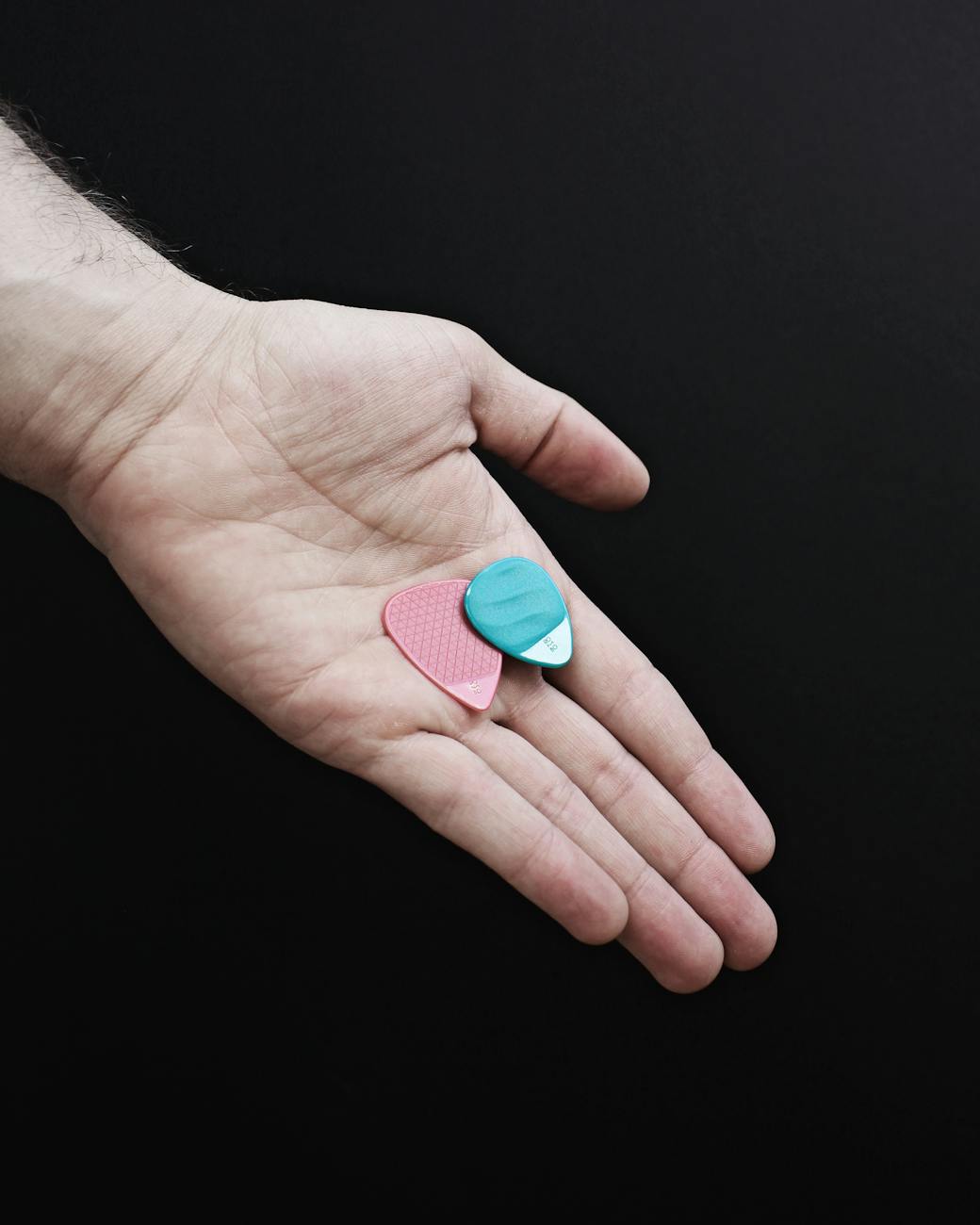- Introduction
- The Importance of Grip Texture
- Different Types of Grip Textures
- How Grip Texture Affects Performance
- Enhancing Your Playing Technique
- Final Thoughts on Grip Texture
- Frequently Asked Questions
Introduction
Is there anything quite as satisfying as feeling complete control over your guitar? Many guitarists often overlook one crucial factor that can dramatically influence their playing—the grip texture of their instrument. It’s more than just a passive surface; it can define how you interact with your guitar, enhancing or limiting your performance. In this post, we’ll dive deep into the effects of grip texture, highlighting why it deserves more attention than it often gets.
When you examine your playing technique, consider how much time you spend focused on the feel of your instrument in your hands. The subtle differences in grip can create significant repercussions in your overall performance. By revitalizing your awareness of this aspect, you can elevate your skill level, ensure better control during intense solos, and even minimize fatigue. Let’s explore this further and uncover how grip texture might be the unsung hero in your musical journey.
The Importance of Grip Texture
A guitar’s grip texture serves as your primary connection to the instrument. Picture yourself in the moment, fingers gliding over strings, every note ringing true. But what if the surface texture isn’t conducive to your playing style? You could be compromising your potential without even realizing it. Grip texture affects not only your confidence while playing but also your ability to execute desired techniques with finesse.
For instance, a rougher texture can provide extra traction for your fingers, particularly during vigorous strumming or fingerpicking sessions. Conversely, a slick surface might lead to unintentional slips and misplays. The importance of grip texture cannot be understated; it effectively bridges the gap between mere playing and truly expressing your musical creativity.
Different Types of Grip Textures
Exploring the different types of grip textures available can open up new avenues in your musical exploration. Think of textures ranging from smooth to coarse, each catering to unique preferences and playing styles. Some guitars come finished with a painted surface, offering a sleek touch that makes movements fluid. Others have a more rugged finish, aimed at ensuring your fingers stay where they need to be, even while executing complex chord progressions.
Then there’s the emergence of innovative materials now being used for guitar grips. They’re tailored to amplify comfort and playability. Rubberized grips allow for an absence of slippage while also offering softer cushioning, reducing strain during those marathon practicing sessions. Understanding these options can help you make an informed decision about which texture works best for you.
How Grip Texture Affects Performance
The impact grip texture has on performance is substantial. Have you ever struggled with a song because your fingers seem out of sync with the guitar? This disconnection is often rooted in how your fingers interact with the neck of the instrument. A poorly suited grip can hinder you from maintaining speed and agility required for rapid passages or intricate finger work. Imagine the frustration of trying to maintain your rhythm while dealing with an inadequate grip.
By choosing a grip that aligns with your playing style, you pave the way for artistic growth. Adequate grip texture liberates your fingers to dance across the strings without hesitation. Increased comfort fosters enhanced focus, allowing you to channel all your energy into your performance. Ultimately, tailoring the grip to your needs can transform your playing from merely functional to truly expressive.
Enhancing Your Playing Technique
Enhancing your technique is often a multifaceted journey involving practice, theory, and yes, even grip texture. By adopting a grip that offers the right feedback and tactile response, you’re setting yourself up for success. A suitable grip will not only feel intuitive in your hands but will also allow for faster adjustments and quicker movements.
Transitioning between techniques becomes seamless when your fingers can truly express themselves. Begin experimenting with various grips; consider swapping out your current guitar, trying a new finish, or even re-evaluating your current string choice. These changes can yield remarkable results in your overall playing experience. Embrace the adventure of exploring various textures and watch your technique flourish in ways you never thought possible.
Elevate Your Experience with the Right Grip
Every guitarist should consider how instrument grip texture influences their performance. It’s not merely a matter of preference; it’s a vital component that ties into how fluidly you can execute your musical vision. Investing time in understanding your grip can breathe new life into your playing.
As you delve deeper into the nuances of grip texture, take note of your experiences. Feel the difference that subtle changes can make over time and how they affect your confidence and execution. Elevate your experience on the stage or in your practice space by making grip texture an essential aspect of your game.
Frequently Asked Questions
1. **What grip texture is best for beginners?**
For beginners, a medium texture is often recommended, as it provides a balance between grip and comfort. This allows for a steadier hand without being overly aggressive on the fingers.
2. **Can I modify my guitar’s grip texture?**
Yes, you can modify your guitar’s texture through custom finishes or specialized grip additions. Consult a professional to explore viable options safely.
3. **How often should I assess my grip texture?**
Regularly assessing your grip is advisable, especially when you notice a decline in your performance or comfort level.
4. **Does grip texture affect string choice?**
Absolutely, grip texture and string choice should complement each other. A slick grip may lead to more slippage with certain string types, so aligning these can improve your output.
5. **Are there specific brands known for better grip textures?**
Many brands focus specifically on enhancing grip texture, such as those utilizing advanced materials or unique finishes. Research various models and styles to find what resonates with you.
Image Credit: Pexels
